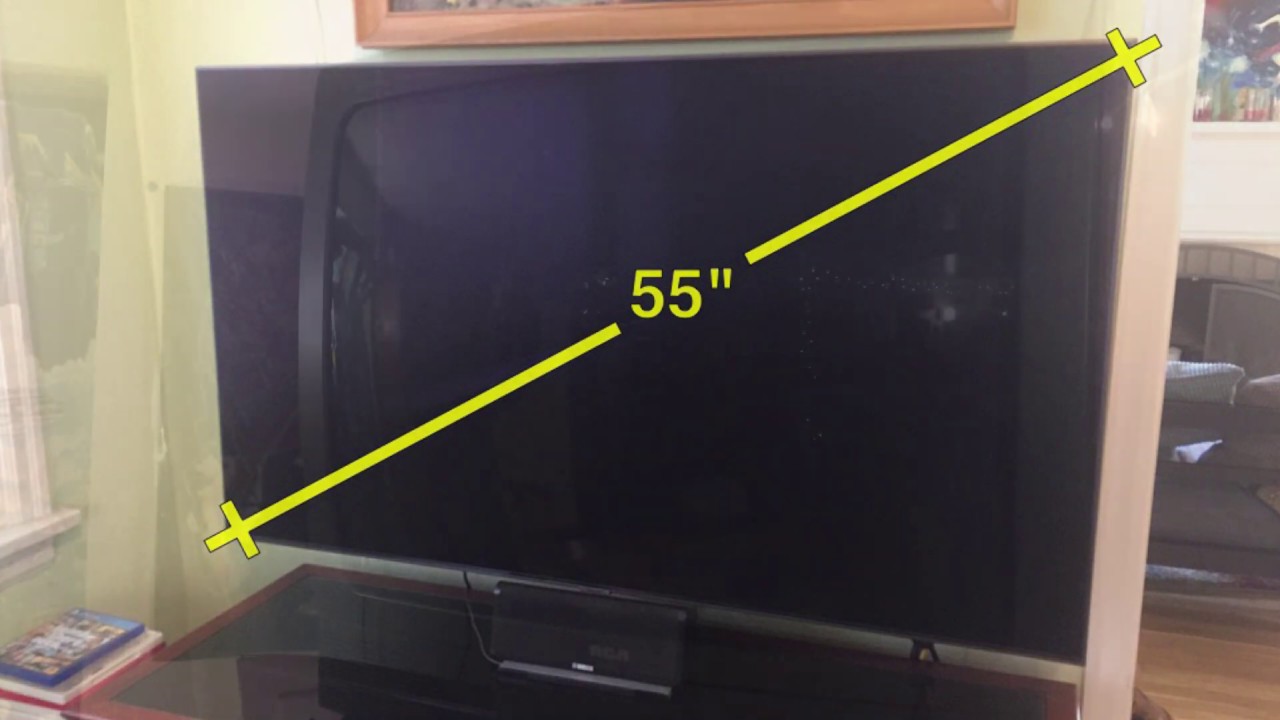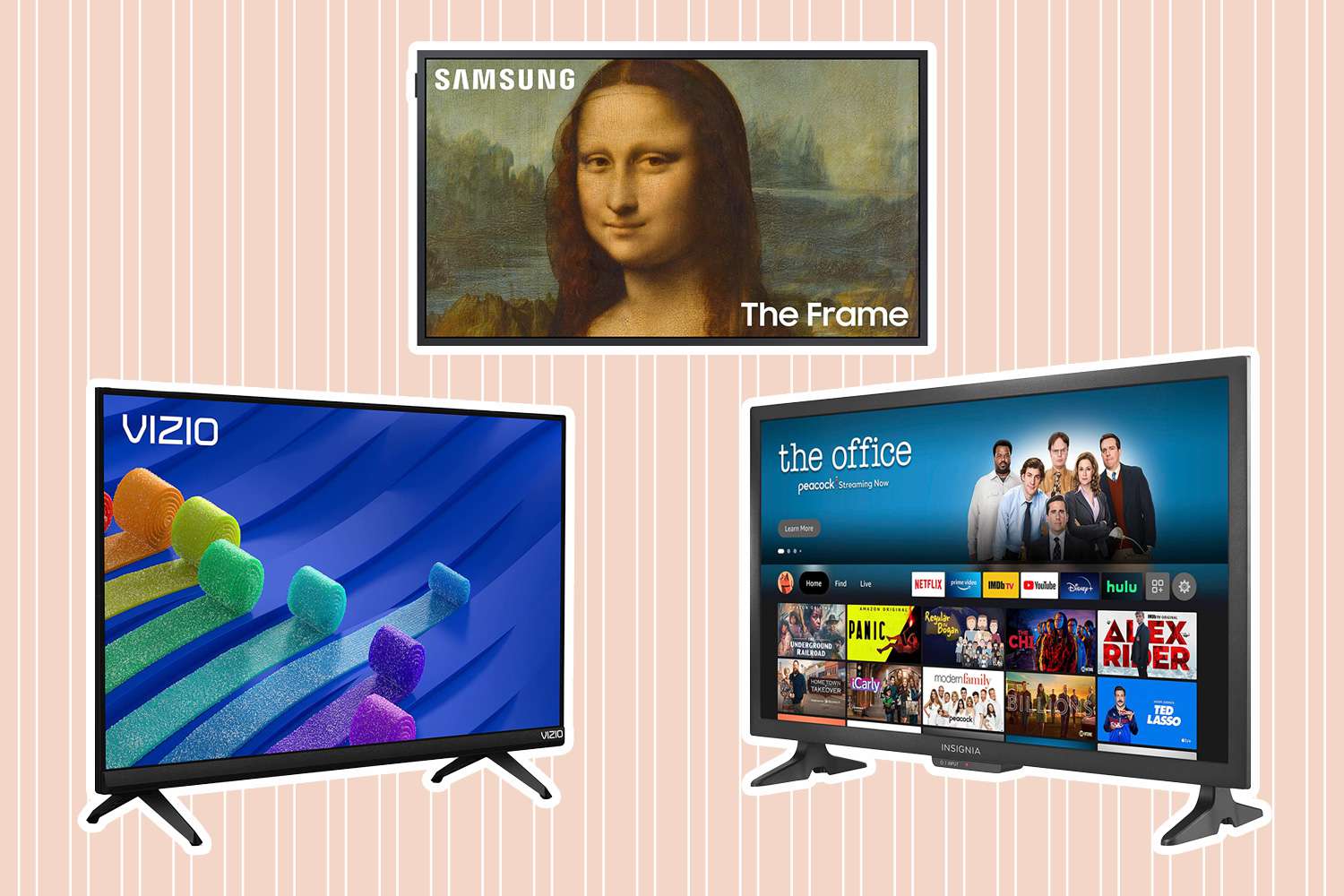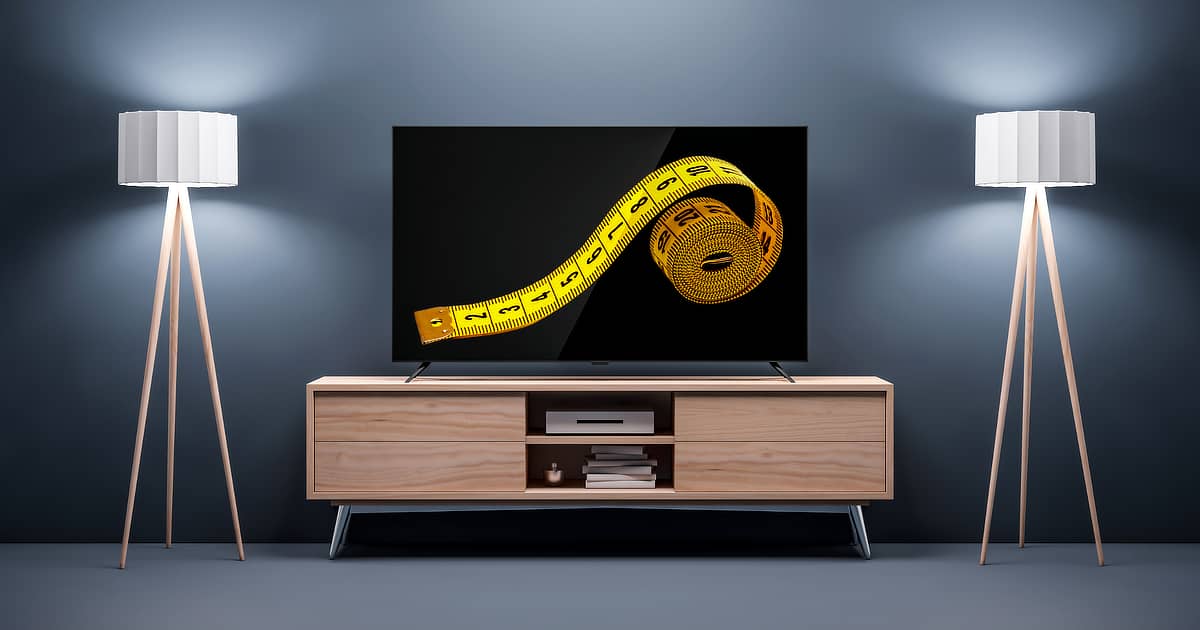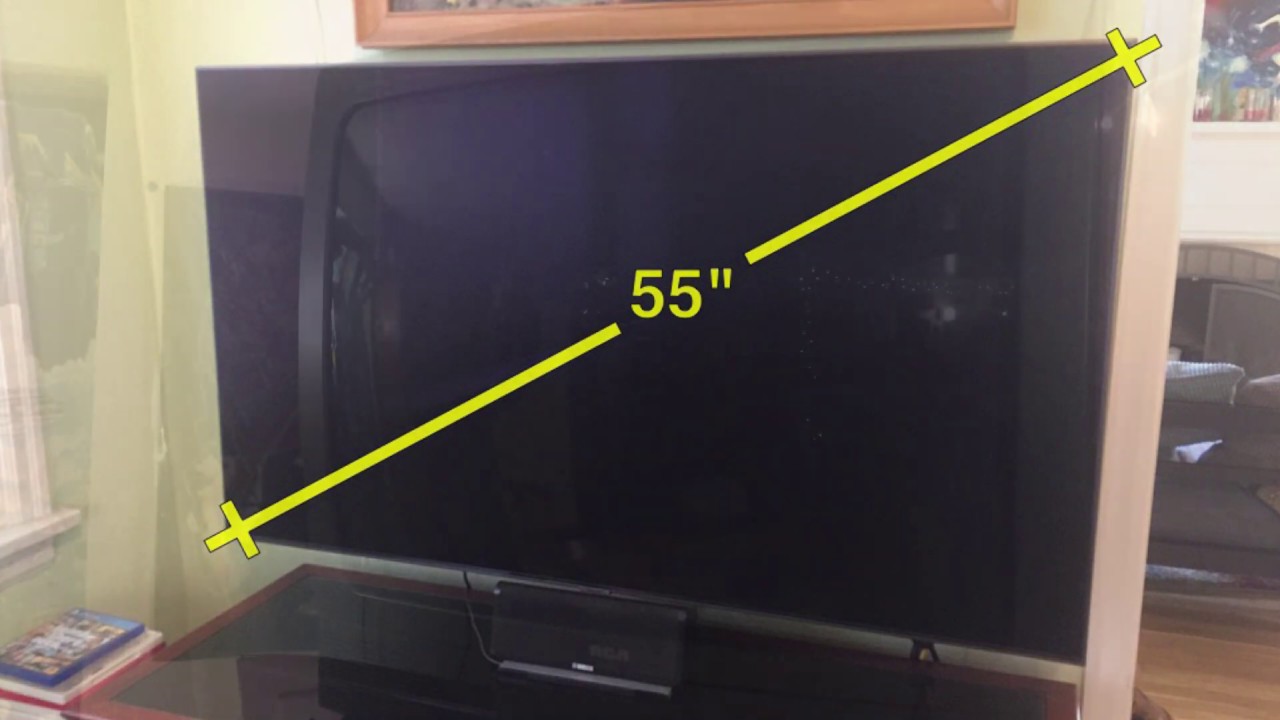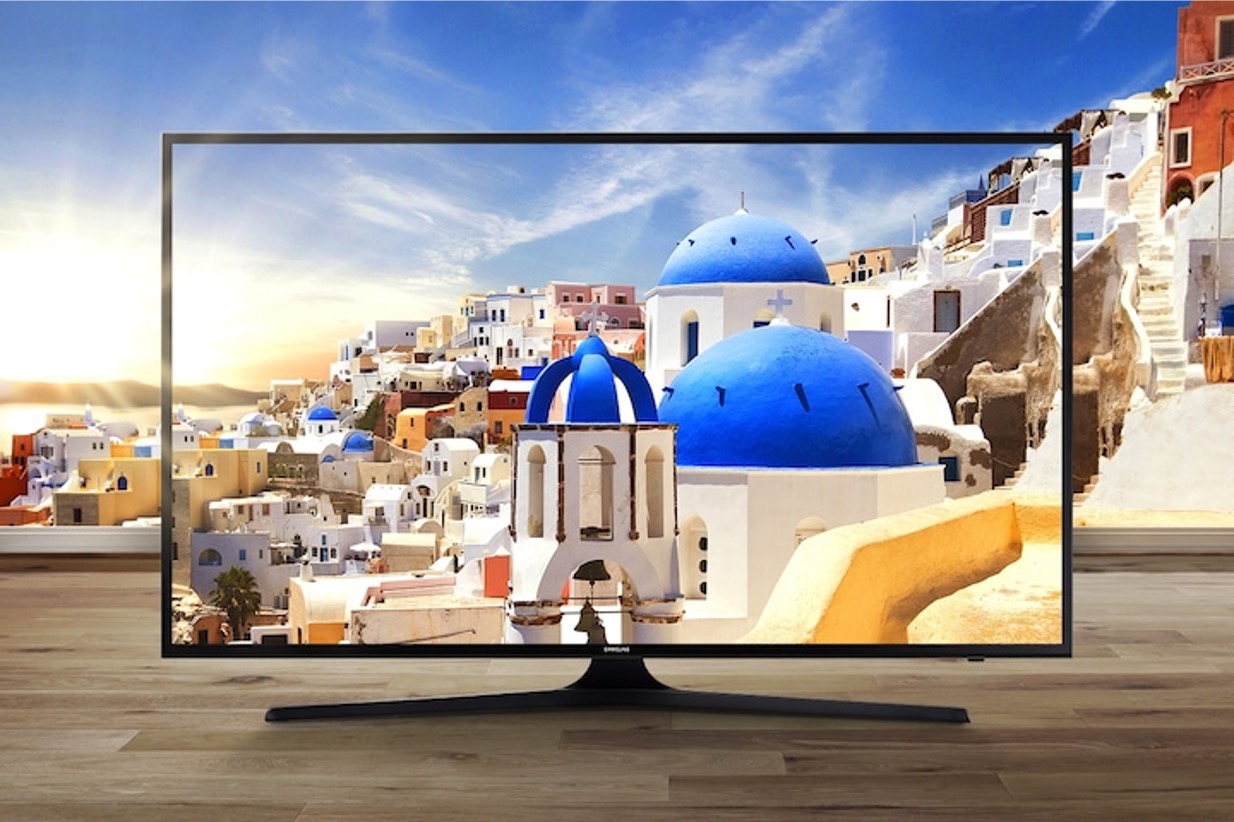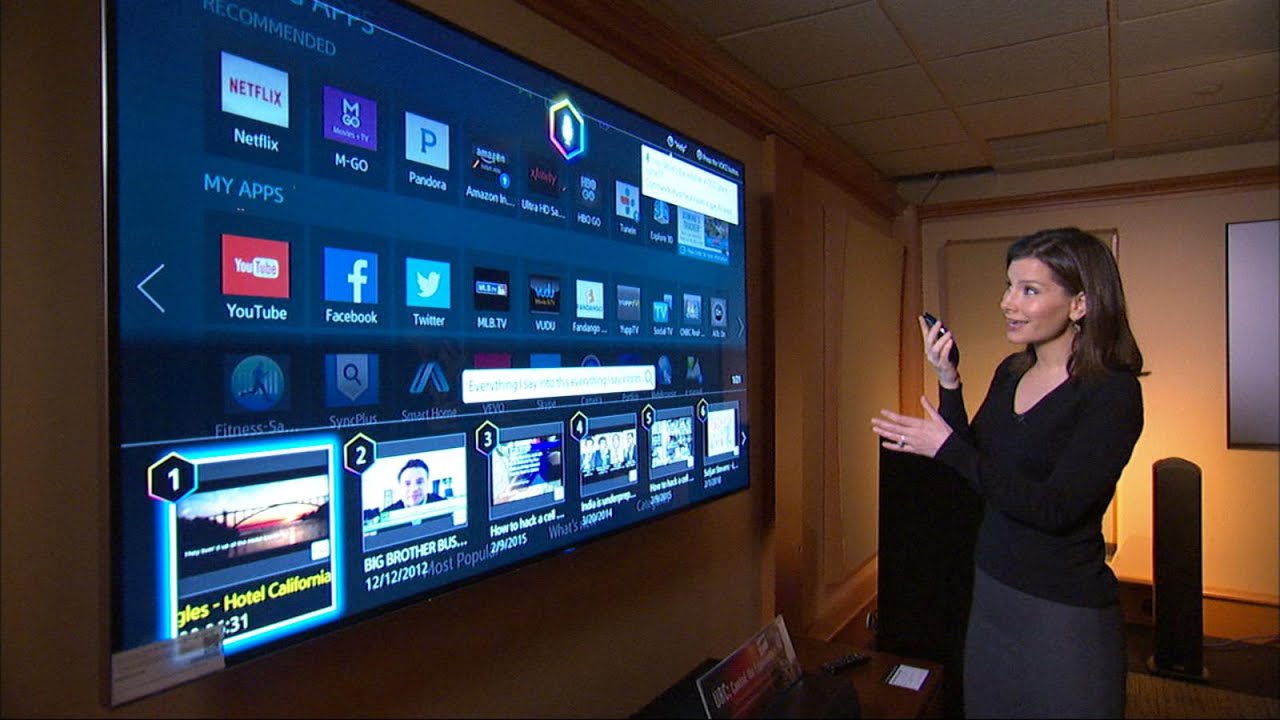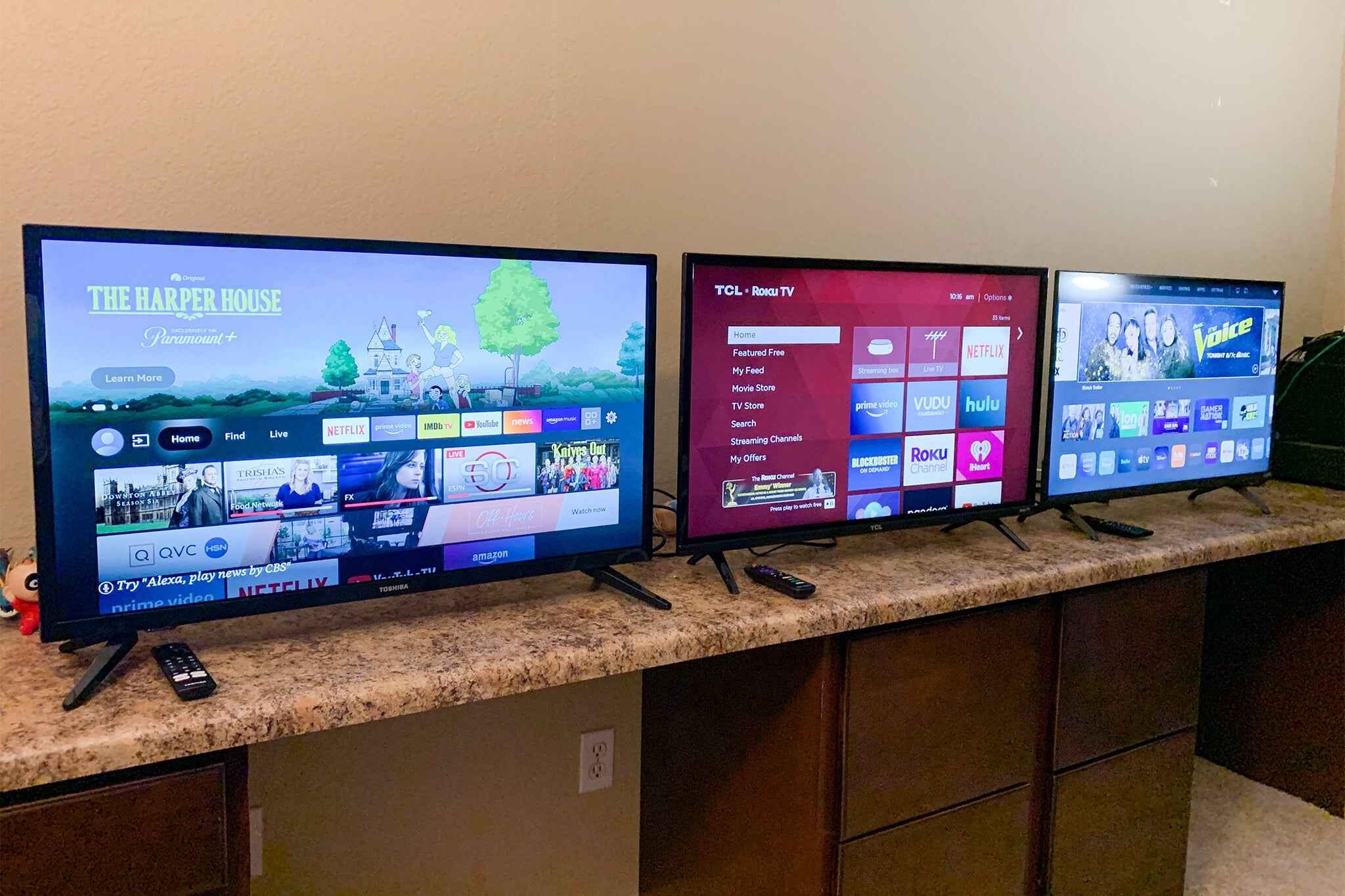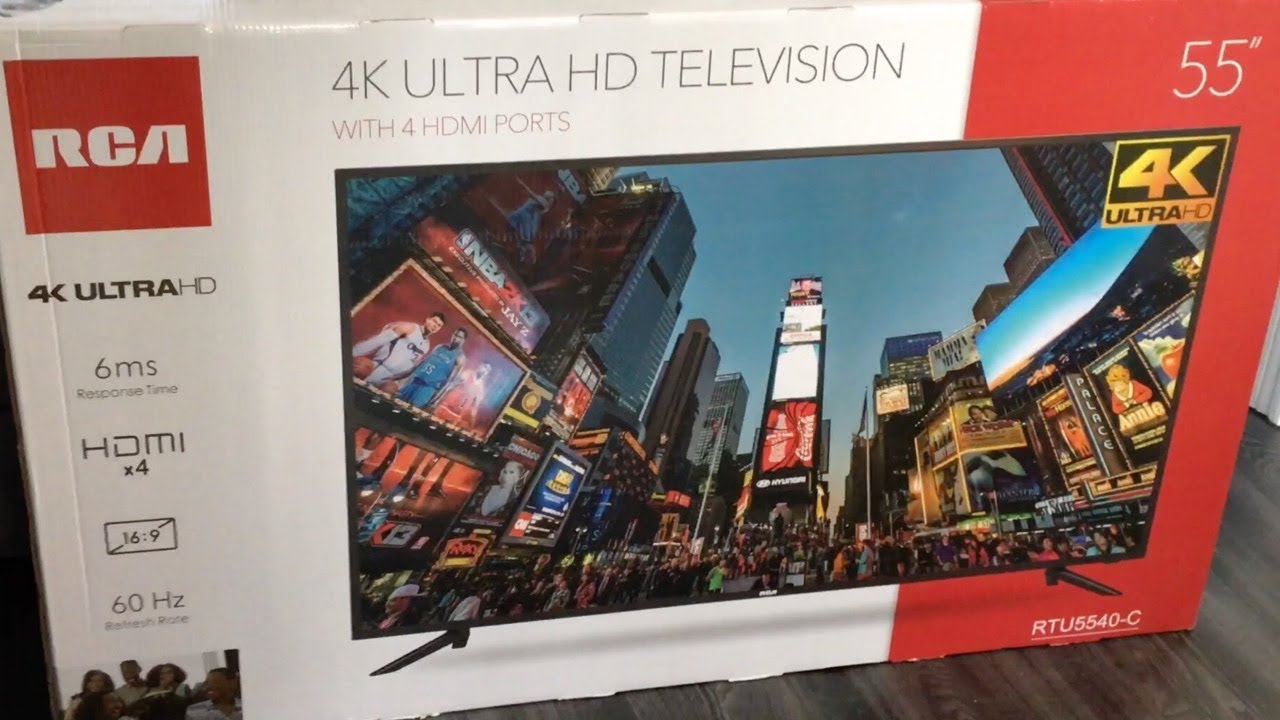Introduction
Smart TVs have become an integral part of modern entertainment systems. These sleek screens offer a multitude of features and a superior viewing experience. If you’re shopping for a new smart TV or simply want to know the exact screen size of your existing one, it’s important to understand how to measure it accurately.
Determining the screen size of a smart TV involves more than just measuring the width or height. It requires an understanding of diagonal measurements, aspect ratios, and viewing distances. By following the proper measurement techniques, you can ensure that you choose the right-sized TV for your space or get accurate information for troubleshooting purposes.
In this article, we will guide you through the process of measuring a smart TV screen. We will explain how to measure the diagonal screen size, determine the aspect ratio, and measure the width and height of the screen. Additionally, we will discuss the importance of calculating the ideal viewing distance for optimum visual comfort.
Whether you’re a tech-savvy consumer looking to upgrade your entertainment setup or a curious individual wanting to learn more about the intricacies of smart TV screens, this article will equip you with the knowledge you need to measure a smart TV screen accurately. So, let’s dive in and unravel the mysteries behind measuring these technological marvels!
Understanding Screen Size Measurement
When it comes to measuring the screen size of a smart TV, it’s important to understand the concept of diagonal measurements. The diagonal measurement is the distance between two opposite corners of the screen. It is the most common way to express the size of a TV screen.
The diagonal measurement is typically provided in inches and is an important factor to consider when buying a new TV. It determines the overall size and viewing experience that the TV will provide. However, it’s worth noting that the actual dimensions of the TV’s housing may differ slightly from the diagonal measurement due to the design and frame of the television.
Another aspect to consider when measuring a smart TV screen is the aspect ratio. This refers to the proportional relationship between the width and height of the screen. Common aspect ratios for smart TVs include 16:9, 4:3, and 21:9. The aspect ratio not only affects the dimensions of the screen but also impacts the viewing experience. For example, a wider aspect ratio can enhance the cinematic experience, while a narrower one may be more suitable for certain types of content, such as documentaries or presentations.
It’s also worth mentioning that some smart TVs come with curved screens. Measuring the diagonal screen size of a curved TV can be a bit more challenging. In this case, it’s recommended to measure the diagonal size at the furthest points, taking into account the curvature of the screen.
Understanding these key concepts of screen size measurement will help you make informed decisions when selecting a smart TV. Whether you’re calculating the ideal screen size for your living room or assessing the dimensions of your existing TV, the next sections will guide you through the steps to accurately measure a smart TV screen.
Measuring the Diagonal Screen Size
To measure the diagonal screen size of a smart TV, you will need a tape measure or a ruler. Start by placing the edge of your measuring tool on one corner of the screen and extend it diagonally to the opposite corner. Make sure to measure only the visible screen area and exclude any borders or frames.
Use a steady hand and ensure that the measuring tool is kept in a straight line while measuring to get an accurate reading. If you are unable to measure directly from corner to corner due to the TV’s design, measure from the edges of the screen and then calculate the diagonal length.
Once you have the diagonal measurement in inches, you can use this information to compare different TV models or determine the compatibility of the TV with your living space. Keep in mind that the diagonal measurement does not provide information about the actual width or height of the screen.
Remember, measuring the diagonal screen size is the most common method used to express the size of a TV, and it serves as a guideline for understanding the overall dimensions. However, it’s crucial to consider other factors, such as the aspect ratio and viewing distance, to make an informed decision when choosing the right-sized smart TV for your needs.
Determining the Aspect Ratio
The aspect ratio of a smart TV refers to the proportional relationship between the width and height of the screen. It is an important factor to consider as it affects the visual experience and compatibility with different types of content.
To determine the aspect ratio of a smart TV, you can usually find this information in the product specifications or user manual. The most common aspect ratios for smart TVs are 16:9, 4:3, and 21:9.
The 16:9 aspect ratio is the standard for most modern smart TVs. It offers a widescreen format that is suitable for watching movies and TV shows in high definition. This aspect ratio provides a cinematic experience by filling up a wide viewing area and reducing the appearance of black bars on the screen.
The 4:3 aspect ratio is an older format that was widely used in traditional CRT televisions. It has a more square-like shape, which may not be ideal for modern widescreen content. However, some older video games or certain broadcasts may still be optimized for the 4:3 format.
The 21:9 aspect ratio, also known as ultrawide, is a newer format that provides an even wider viewing experience. This aspect ratio is popular among avid gamers and movie enthusiasts as it creates a more immersive visual display, with an expanded field of view.
Determining the aspect ratio of a smart TV is important as it impacts how content is displayed on the screen. It’s essential to choose the aspect ratio that best suits your preferences and the type of content you frequently watch. Keep in mind that the aspect ratio alone does not provide information about the actual screen dimensions, so you’ll need to consider both the aspect ratio and the diagonal screen size to get a complete understanding of the TV’s size and shape.
Measuring the Width and Height of the Screen
Measuring the width and height of a smart TV screen provides valuable information about its actual dimensions and can be useful for determining the placement and compatibility of the TV in your living space.
To measure the width and height of the screen, use a measuring tape or ruler. Ensure that the measuring tool is straight and aligned with the edges of the screen. Measure the width from left to right, and the height from top to bottom. Be careful not to include any borders or frames in your measurements, as they are not part of the actual screen area.
If your TV has a curved screen, measuring the width and height might be a bit more challenging due to the curvature. In this case, measure along the straight edges of the screen as accurately as possible.
Keep in mind that the width and height measurements provide you with the exact dimensions of the screen itself, rather than the overall size of the TV. These measurements can be helpful when determining if the TV will fit within a specific space or if it’s compatible with a wall-mount bracket or entertainment unit.
Understanding the width and height of a smart TV screen allows you to make better decisions when it comes to setting up your entertainment area or choosing the right-sized TV for your needs. By considering these measurements along with the diagonal screen size and aspect ratio, you can ensure a seamless viewing experience that fits perfectly in your living space.
Calculating the Viewing Distance
Determining the optimal viewing distance for your smart TV is crucial for a comfortable and immersive viewing experience. It ensures that you can fully enjoy the details and clarity of the screen without straining your eyes or feeling uncomfortable.
To calculate the ideal viewing distance, you need to consider the screen size and the resolution of the smart TV. Most manufacturers and experts recommend a viewing distance that allows you to see the entire screen without any pixelation or loss of detail.
A general rule of thumb is to multiply the diagonal screen size by a factor of 1.5 to 2.5. For example, if you have a 55-inch smart TV, the suggested viewing distance would fall between 82.5 inches (1.5 times the diagonal screen size) to 137.5 inches (2.5 times the diagonal screen size).
However, it’s important to note that personal preferences and individual eyesight may vary. Some people may prefer a closer or further viewing distance based on their visual acuity and personal comfort. Additionally, the resolution of the smart TV plays a role in determining the optimal viewing distance. Higher resolution screens, such as 4K or 8K, can be viewed comfortably at a shorter distance compared to lower resolution screens.
Consider your room layout and seating arrangements when calculating the viewing distance. Ensure that everyone in the room has an unobstructed view of the screen and can comfortably enjoy the content without having to strain their necks or eyes.
Taking the time to calculate and set the optimal viewing distance for your smart TV will greatly enhance your overall viewing experience. It allows you to immerse yourself in the content and enjoy the full capabilities of your TV. So, find the right balance between screen size, resolution, and viewing distance to create your own personal theater right at home.
Conclusion
Measuring a smart TV screen accurately is an essential task for anyone looking to purchase a new TV or understand their existing one better. By understanding the diagonal screen size, aspect ratio, width and height measurements, and calculating the optimal viewing distance, you can make informed decisions about your TV setup and enhance your viewing experience.
The diagonal screen size provides a general guideline for understanding the overall size of the TV, while the aspect ratio determines the proportional relationship between the width and height. Measuring the width and height of the screen offers precise dimensions and assists in determining compatibility with your living space or furniture.
Calculating the ideal viewing distance ensures that you can enjoy the full details and clarity of the screen without feeling discomfort. By considering the screen size, resolution, and personal preferences, you can find the perfect balance for immersive and comfortable viewing.
Next time you are in the market for a smart TV or simply want to measure your current one, remember these essential steps. Every measurement, from the diagonal screen size to the viewing distance, contributes to optimizing your entertainment setup and creating an enjoyable viewing experience.
So, armed with the knowledge shared in this article, go ahead and confidently measure your smart TV screen. Make the most of its features, enhance your viewing pleasure, and immerse yourself in a world of entertainment right from the comfort of your home.







